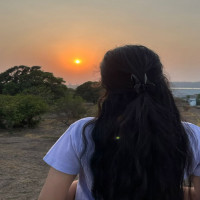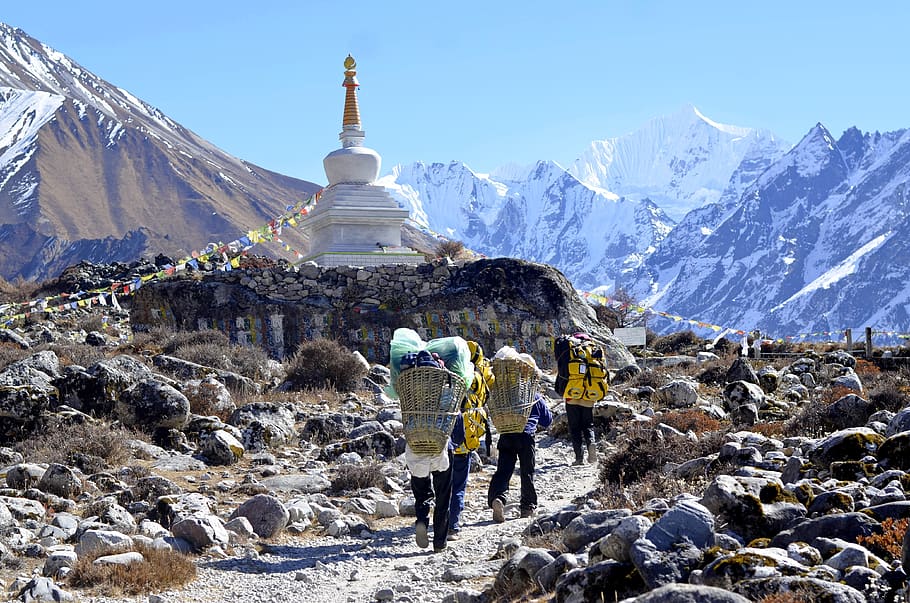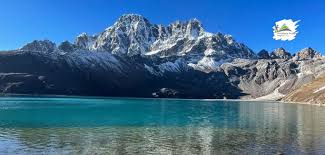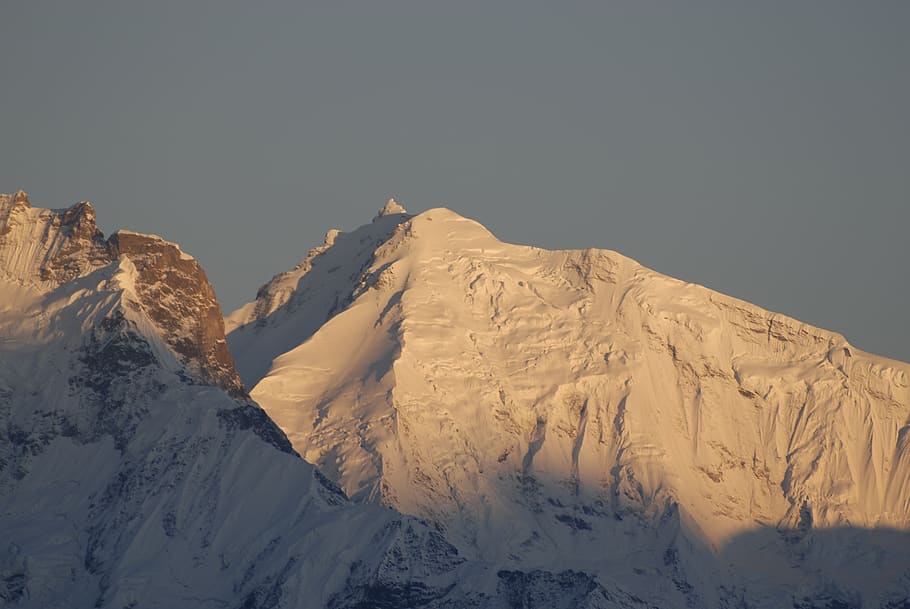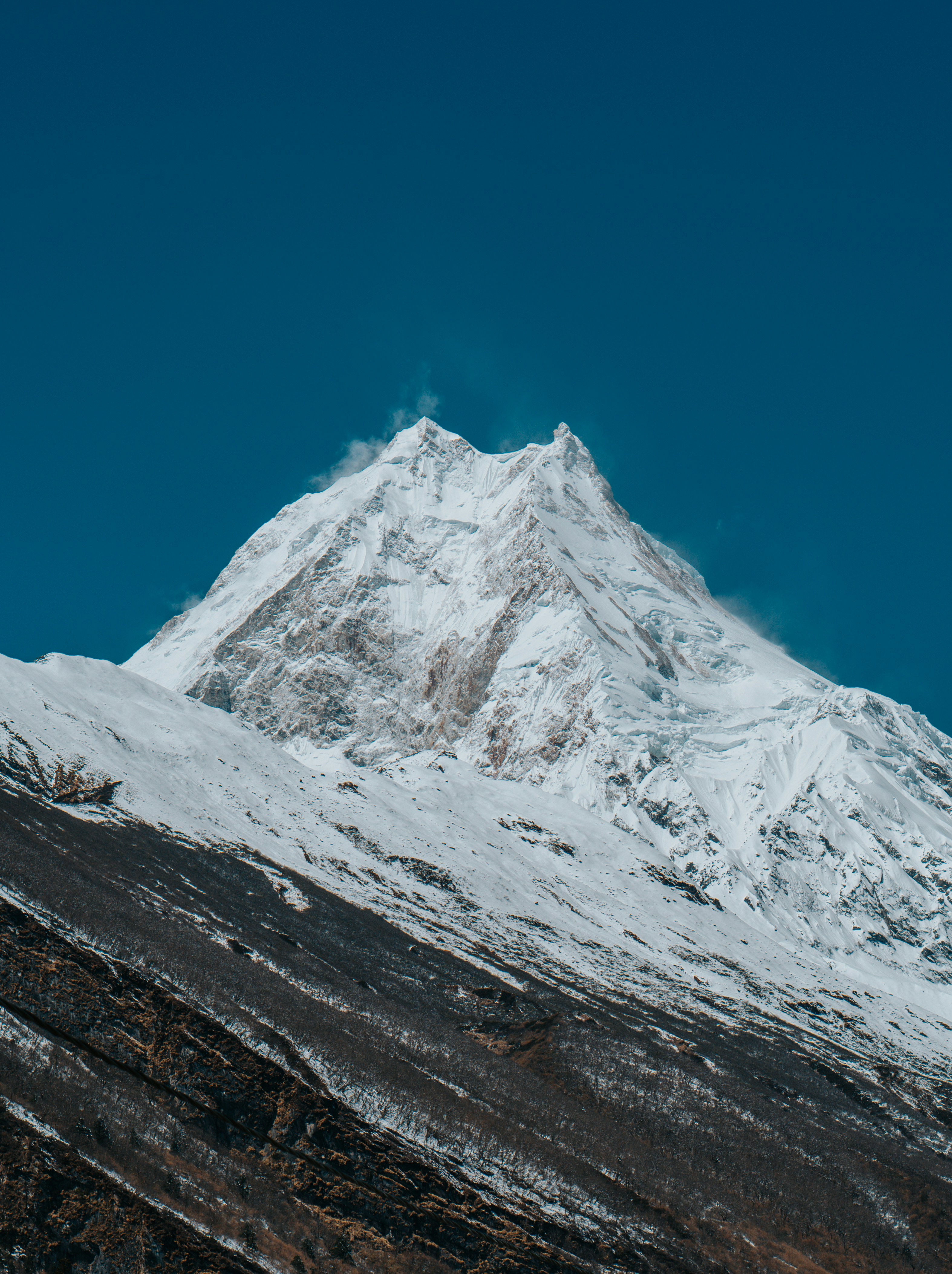Manaslu Circuit in Photos: A Journey Around the Eighth Highest Peak
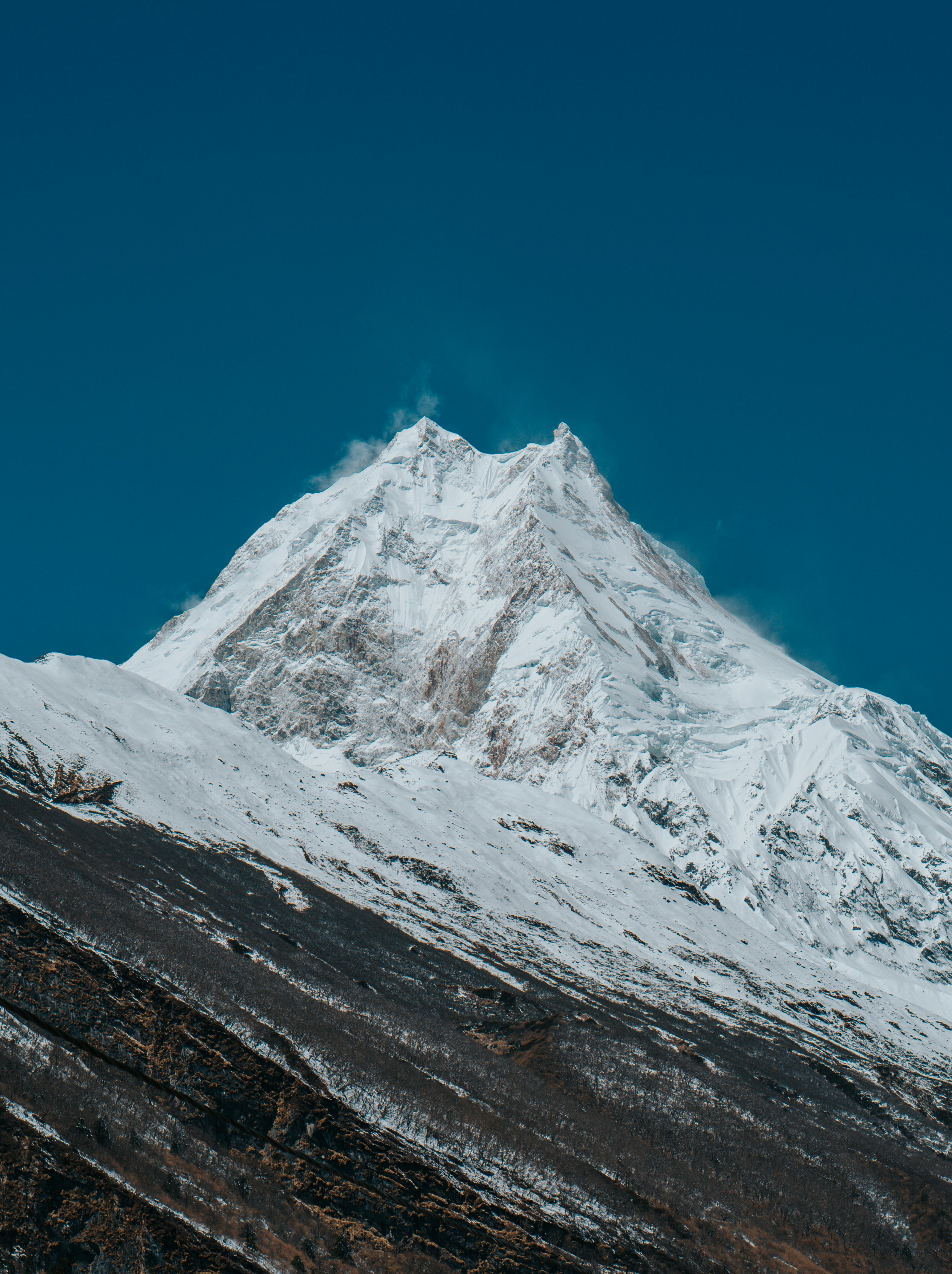
Strong 8k brings an ultra-HD IPTV experience to your living room and your pocket.
The Manaslu Circuit Trek is one of Nepal’s most scenic and culturally rich trekking routes. Encircling the majestic Mount Manaslu, the eighth highest mountain in the world at 8,163 meters, this trail offers remote landscapes, dramatic mountain views, and untouched Tibetan-influenced villages. In this photo-focused guide, we take you through the journey visually and narratively, showcasing what makes the Manaslu Circuit a standout Himalayan adventure.
Why Choose the Manaslu Circuit Trek?
Unlike the more commercialized Everest or Annapurna regions, the Manaslu Circuit remains relatively less crowded, offering a raw and authentic trekking experience. The trail circles Mount Manaslu and takes trekkers through a variety of ecosystems, from lowland forests and subtropical greenery to high-altitude passes and glacial valleys.
Trekking in the Manaslu region requires a special permit, which has helped to preserve its natural beauty and cultural heritage. For adventure lovers and photographers alike, the trek is a visual masterpiece.
Best Time for the Manaslu Circuit Trek
The best seasons for the Manaslu Circuit Trek are spring (March to May) and autumn (September to November). These months offer clear skies, stable weather conditions, and optimal visibility for photography. During spring, rhododendrons bloom across the lower trails, adding vibrant color to the landscape, while autumn provides crystal-clear mountain views and comfortable temperatures.
Photo Journey Along the Manaslu Circuit
Let us walk through the Manaslu Circuit day by day, capturing the key highlights and moments worth photographing.
1. Soti Khola to Machha Khola – Lush Forests and Waterfalls
Your journey begins in Soti Khola, following the Budhi Gandaki River upstream. The trail weaves through subtropical forests, rice paddies, and dramatic cliffs. Waterfalls plunge into deep gorges, and suspension bridges span rivers and ravines. Early photos from this section showcase the contrast between green landscapes and the rushing river below.
2. Jagat to Deng – Traditional Villages and Stone Trails
As you ascend through Jagat and Philim, the environment becomes more rugged, and the culture begins to shift. Stone-built villages, terraced fields, and monasteries appear along the route. Photograph the mani walls, prayer flags, and stone staircases that speak of Tibetan influence. This region marks the entry into the Manaslu Conservation Area.
3. Deng to Namrung – Mountain Views Begin to Open
Beyond Deng, the landscape transitions dramatically. The trail cuts through pine and rhododendron forests, and the snow-capped peaks of the Manaslu range begin to emerge in the distance. Villages like Namrung offer the first panoramic glimpses of peaks like Himalchuli and Ganesh Himal. Sunrise and sunset shots here are spectacular.
4. Namrung to Lho – Buddhist Culture and Himalayan Vistas
The village of Lho is a cultural highlight of the trek. With its majestic monastery perched on a hill and the towering Manaslu in the background, this is one of the most photogenic spots on the circuit. Capture the monks in prayer, the intricate monastery details, and wide-angle shots of the surrounding peaks.
5. Lho to Samagaun – Approaching the Heart of the Himalayas
Samagaun is a high-altitude village located near the base of Mount Manaslu. Spend a day here acclimatizing and exploring. A hike to Pungyen Gompa or Manaslu Base Camp reveals spectacular photo opportunities. The glacier-carved valley and the looming peak of Manaslu provide an unforgettable backdrop.
Samagaun is also a cultural hub where Tibetan traditions thrive. Photograph prayer wheels, chortens, and the locals in traditional attire going about their daily lives.
6. Samdo – The Last Village Before the Pass
Samdo is the last permanent settlement before the Larkya La Pass. Situated at 3,875 meters, this windswept village is surrounded by dramatic rock faces and high mountain passes. Capture the raw, untouched beauty of the terrain and the resilience of life at this altitude.
You may also see blue sheep or Himalayan birds along this section, adding to the wildlife photography possibilities.
7. Dharamsala to Larkya La Pass – The High Point of the Trek
The crossing of Larkya La Pass (5,160 meters) is the most physically demanding but visually rewarding part of the Manaslu Circuit Trek. Begin the climb early in the morning and capture the sunrise illuminating the peaks. From the top, trekkers are rewarded with panoramic views of Himlung Himal, Cheo Himal, Kang Guru, and Annapurna II.
The descent into Bimthang offers contrasting scenery, with glacial valleys and alpine meadows framed by sharp peaks.
8. Bimthang to Dharapani – Descent into the Marshyangdi Valley
As you descend through Bimthang and Tilije, the trail passes through rhododendron forests, yak pastures, and fast-flowing rivers. This section reconnects with the popular Annapurna Circuit, signaling the end of the journey. The change in climate and scenery is dramatic and provides one last burst of photographic variety.
Photography Tips for the Manaslu Circuit
- Golden Hours: Shoot during sunrise and sunset for the best light and shadow contrasts on the peaks.
- Wide-Angle Lens: Use a wide-angle lens to capture sweeping vistas and the immense scale of the mountains.
- Cultural Moments: Respect local customs when photographing people. Always ask for permission, especially in monasteries and villages.
- Weather Protection: Protect your gear from dust and rain. Dry bags and lens cloths are essential.
- Extra Batteries: Cold temperatures can drain batteries quickly, so bring extras and keep them warm inside your jacket.
Permit Requirements and Trekking Logistics
To trek the Manaslu Circuit, you need the following permits:
- Manaslu Restricted Area Permit
- Manaslu Conservation Area Permit (MCAP)
- Annapurna Conservation Area Permit (ACAP)
Additionally, trekkers must be in a group of at least two and be accompanied by a licensed guide, as per Nepali regulations for restricted regions.
The trek typically takes 14 to 18 days, depending on acclimatization and side trips. While basic teahouse accommodation is available throughout the trail, services are more limited than in more commercial routes.
Final Thoughts: Why the Manaslu Circuit is a Photographer’s Dream
The Manaslu Circuit is a journey through changing landscapes, remote Himalayan culture, and awe-inspiring vistas. Each day offers new photographic opportunities, from the lush valleys of Arughat to the icy heights of Larkya La. For those seeking an off-the-beaten-path trek that delivers both adventure and stunning visuals, the Manaslu Circuit stands as one of Nepal’s most rewarding experiences.
Whether you are a seasoned photographer or simply someone who loves capturing moments on the trail, this trek will fill your lens and your memory with scenes that are both rare and remarkable
Note: IndiBlogHub features both user-submitted and editorial content. We do not verify third-party contributions. Read our Disclaimer and Privacy Policyfor details.

